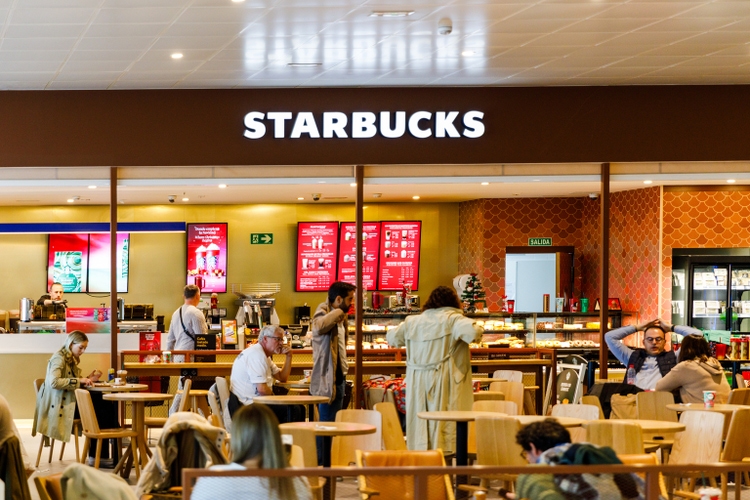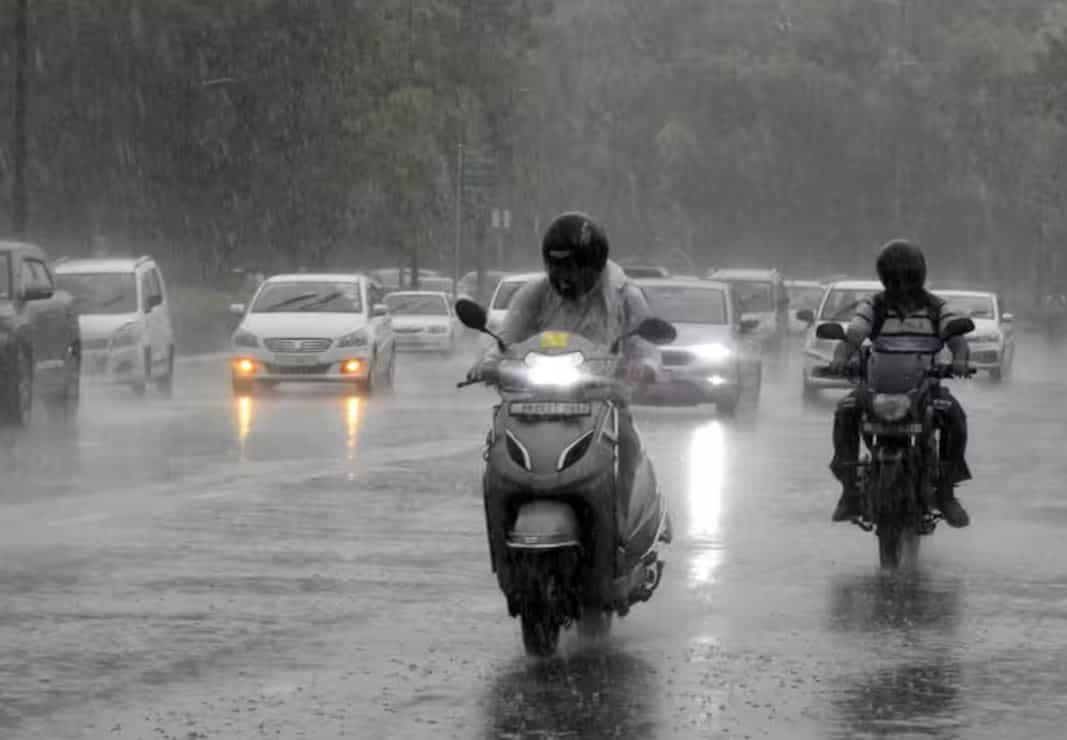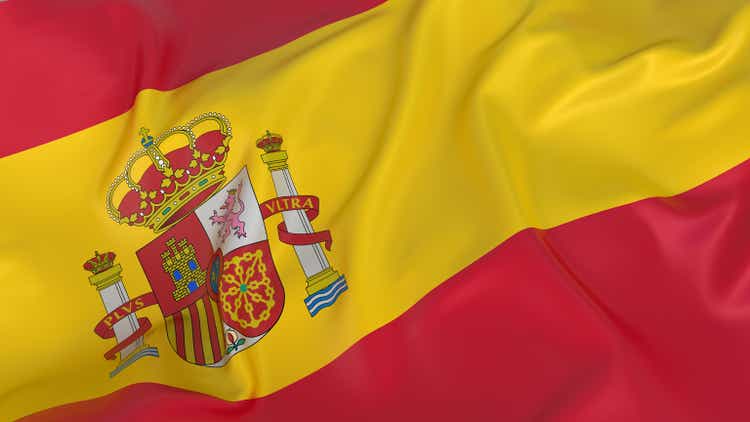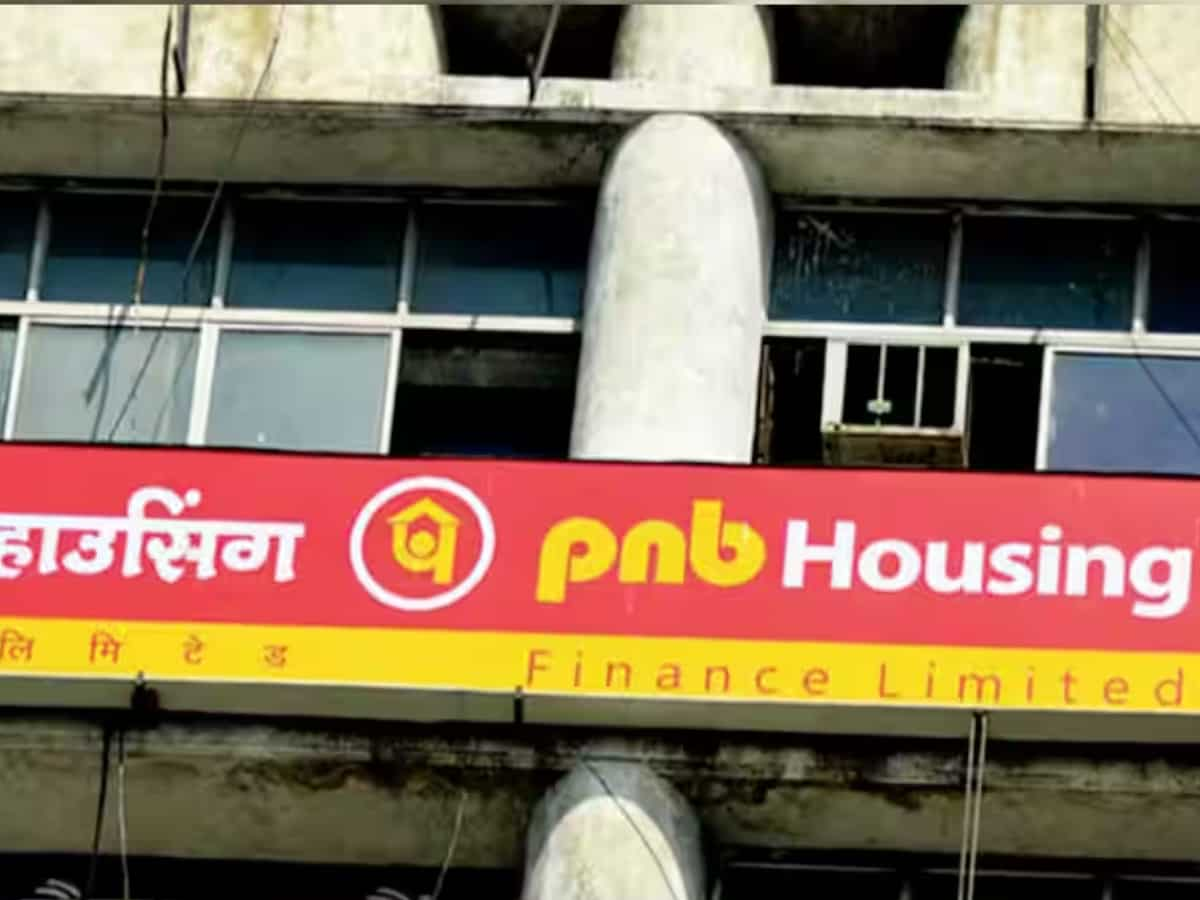The Cabinet Committee on Economic Affairs, chaired by Prime Minister Narendra Modi, on Thursday approved four major multi-tracking projects of Indian Railways, aimed at enhancing operational efficiency and easing congestion.
These projects, spread across 13 districts in Maharashtra, Madhya Pradesh, West Bengal, Bihar, Odisha, and Jharkhand, will add 574 kilometers to the existing rail network. With an estimated investment of Rs 11,169 crore, the projects are scheduled for completion by 2028-29.
Employment generation and village connectivity
The construction phase is expected to generate nearly 2.29 crore human-days of direct employment. Once operational, the new lines will enhance rail access for approximately 2,309 villages with a combined population of 43.60 lakh, helping improve connectivity and economic opportunities in rural areas.
The projects include:
- Itarsi–Nagpur 4th Line
- Aurangabad (Chhatrapati Sambhajinagar)–Parbhani Doubling
- Aluabari Road–New Jalpaiguri 3rd and 4th Line
- Dangoaposi–Jaroli 3rd and 4th Line
Freight capacity, environmental gains
These routes are critical for transporting commodities such as coal, cement, fly ash, gypsum, agricultural goods, and petroleum products. With an additional freight capacity of 95.91 million tonnes per annum (MTPA), the projects will significantly bolster India's logistics backbone.
According to the government, the expanded network will help reduce the country’s oil import by 16 crore litres and curb carbon emissions by 515 crore kilograms, equivalent to planting 20 crore trees—supporting India’s climate commitments.
Aligned with PM Gati Shakti master plan
The multi-tracking projects are being executed under the PM Gati Shakti National Master Plan, which emphasizes multi-modal connectivity and improved logistics through integrated infrastructure planning. Officials said the upgrades will bring India closer to realising a self-reliant ("Atmanirbhar") future by enabling faster, cleaner, and more efficient transportation for both people and goods.

 21 hours ago
1
21 hours ago
1












 English (US) ·
English (US) ·